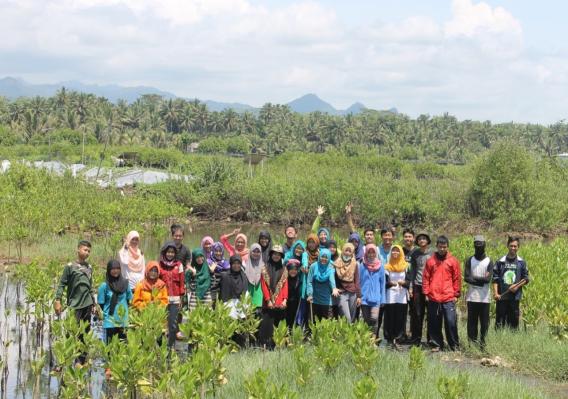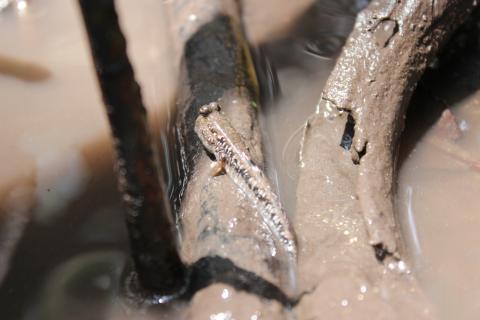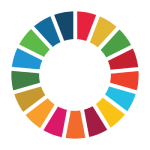UNY Activities for Ecosystems

UNY students have carried out various activities to maintain the sustainability of the sea. One of the agendas is mangrove embroidery at Pasir Medit beach. Sulam mangroove's agenda is HIMABIO's efforts to preserve the environment already existed four times. In addition to Sulam Mangroove activities, previously, HIMABIO UNY has also carried out environmental service actions by planting 1000 mangrove seedlings and monitoring.

UNY students have conducted other activities to preserve marine ecosystems, namely observation of Glodok fish (mudskipper) habitat in the mangrove ecosystem of Baluran National Park. As a result of the study, Glodok fish habitat is a mud substrate area with a water level of 0-30 cm with low light intensity characteristics ranging from 57-78 x 1000 lux, low light intensity (closed area mangrove vegetation).
The researchers found Glodok fish in the mangrove vegetation of Rhizophora sp. This plant is resistant to waves, so this type of plant is the outermost constituent (closest to the sea) of mangrove vegetation arrangements. When observed, Glodok fish use Rhizophora sp. root. As a shelter from predators. This fish will jump towards the fertile roots. The speed of the Glodok fish in jumping and its thick cover make this fish challenging to catch using bare hands. (Waryati)






